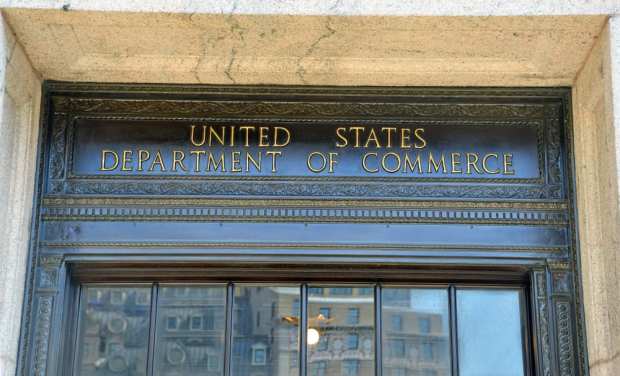Equipment Order Slide Hints At Business Caution, Recession

Looking at economic indicators – those signposts that show where we are, as a nation, and where we’re headed – February was tough. March and beyond will likely get a lot tougher, as business spending pulls back, shutting down tailwinds of near-term (and even long-term) growth.
To that end, factory orders were on the decline even before the coronavirus basically froze consumer demand – and, by extension, froze visibility, too.
Drilling into the numbers, as reported by the Commerce Department on Wednesday (March 25), core capital goods orders – excluding aircraft – were down by 80 basis points in February, worse than the 40 basis points slippage that had been expected. The February decline comes after a revision for January, which showed a gain of 1 percent, down 10 basis points from what had been previously reported.
Shipments of business equipment slipped by 70 basis points in February.
When demand for machinery and other items faces headwinds or declines, it’s an indication that business owners are pulling back on expansion plans.
Business investment has waned for three quarters, buffeted by the trade war between the U.S. and China. Now comes the pandemic, which has whipsawed financial markets, and where work-from-home orders have businesses scrambling to address just what their physical footprints will look like months (not to mention years) from now.
“Given that profits are likely now declining, financial market conditions have tightened and the economy [is] contracting, business investments will take it on the chin,” Reuters quoted Ryan Sweet, a senior economist at Moody’s Analytics in West Chester, Pennsylvania, as saying. “Business investment in equipment will drop sharply in the second quarter.”
Overall durable goods orders were up 1.2 percent in February, but that number was boosted by transportation equipment demand. Within the overall number, orders for machinery, metals and computers were down.
The ripple effect will be felt across supply chains and an already weakening employment landscape. Business investment fell by 2.3 percent in the fourth quarter, and is on pace for extended declines once the March and quarterly data comes through.
The Wednesday data dovetails with findings from the Philadelphia Federal Reserve’s March Nonmanufacturing Business Outlook Survey. As reported in this space, the Fed’s survey showed steep declines across several data points, pointing to a decline in nonmanufacturing activity. In one example of a steep drop-off, new orders were down, where the reading slid 45 points to a record-low negative 16.4.
The recent agreement on the economic stimulus plan, at $2 trillion, includes a series of measures to keep smaller businesses from laying off staff and to ensure that they continue meeting payroll obligations. In a way, racing to keep in place is all that can be hoped for right now.
The focus is on grappling with the current crisis, so any expansion plans, which would (eventually) boost wages and jobs and then stimulate consumer spending, are on ice. Loans that might once have been used for growth – to open new shops or order supplies and equipment, for example – will be deployed to keep the lights on, or maybe to help pay back other borrowings.
“Business investment is the key swing factor in every recession, and right now the pendulum is swinging the wrong way, with declining orders likely to drag the economy over the cliff and down into recession in March,” Chris Rupkey, chief economist at MUFG, told Reuters.
An increase in business investment is a long-term foundation, at least in part, for GDP growth, as modernizing offices and supply chains helps to boost productivity. Business investments also tend to be financed through the credit markets, so the ripple effect may (eventually) be felt by banks and other lenders, too.
February seems long ago and far away, as the true shocks to the economy have materialized over the past few weeks and days. But the trend remains starkly outlined across all indicators and economic reports: down.